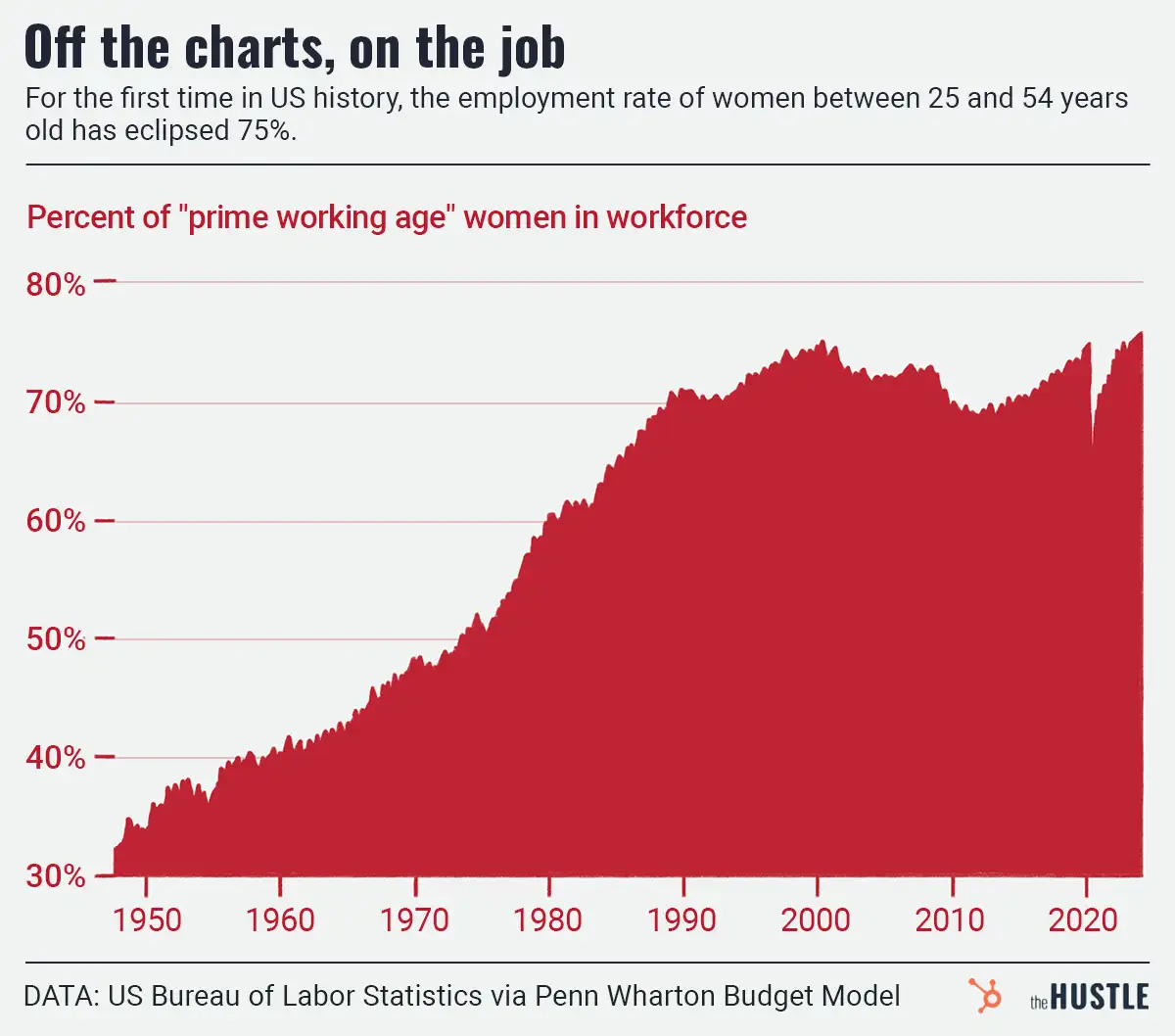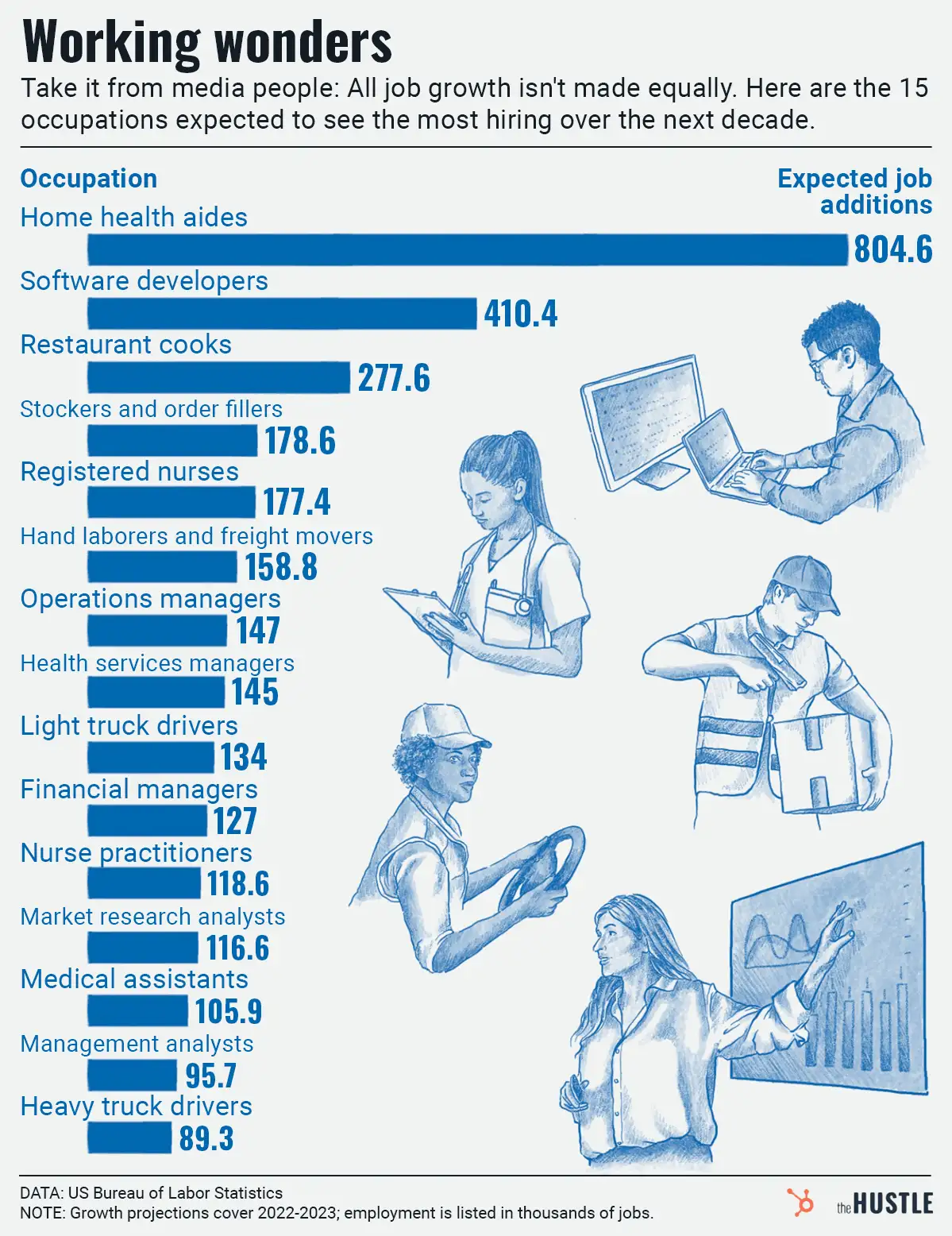
Why are there so many tech layoffs?
Cheap money is out, and companies hired lots of people during the pandemic.
Published:
Updated:
Related Articles
-

-

Big Tech power rankings: Where the 5 giants stand to start 2024
-

‘How’d the economy fare in 2023?’… is a great question
-

More college-educated moms are working than ever before
-

The government can read your push notifications
-

Why Spotify’s latest layoff will make employees everywhere want to give up
-

How do you feel about the job market? Probably pretty weird
-

The American economy is fine, but Americans aren’t
-

Luxury brands seek a miracle inside their (ostentatious, overpriced) bag of tricks
-

Enshittification just keeps happening


